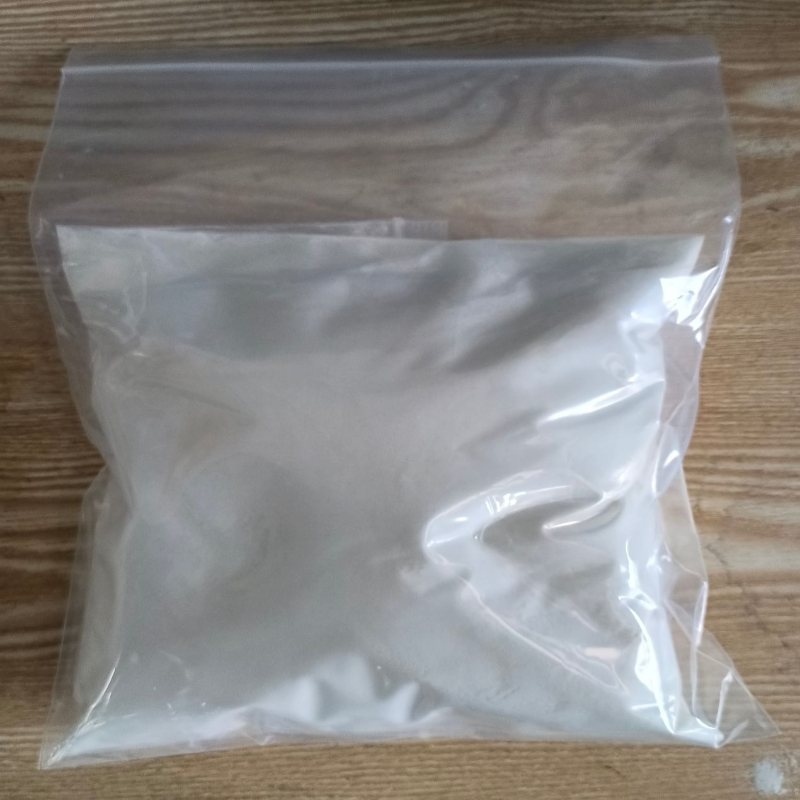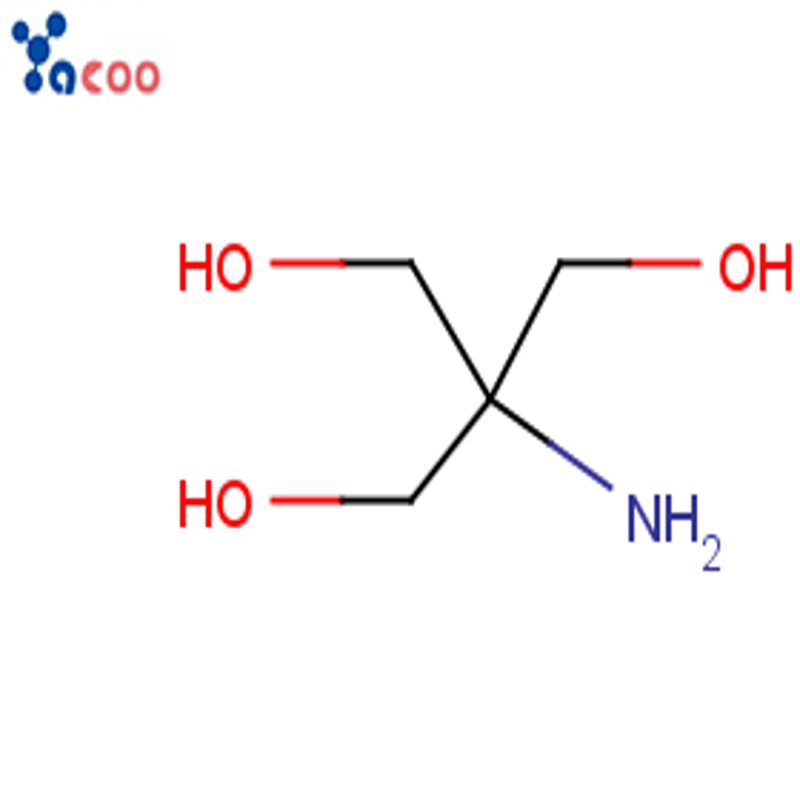-
Categories
-
Pharmaceutical Intermediates
-
Active Pharmaceutical Ingredients
-
Food Additives
- Industrial Coatings
- Agrochemicals
- Dyes and Pigments
- Surfactant
- Flavors and Fragrances
- Chemical Reagents
- Catalyst and Auxiliary
- Natural Products
- Inorganic Chemistry
-
Organic Chemistry
-
Biochemical Engineering
- Analytical Chemistry
-
Cosmetic Ingredient
- Water Treatment Chemical
-
Pharmaceutical Intermediates
Promotion
ECHEMI Mall
Wholesale
Weekly Price
Exhibition
News
-
Trade Service
Sodium isopropylbenzenesulfonate, also known as IPBS, is a commonly used surfactant in the chemical industry.
It is a derivative of benzene and is commonly used as a catalyst in the production of polyethylene and polypropylene.
The production process of IPBS involves several steps, including the synthesis of the precursor, the sulfonation process, and the purification of the final product.
The synthesis of the precursor is the first step in the production of IPBS.
The precursor is typically made by reacting isopropylbenzene with chlorosulfonic acid.
The reaction is exothermic and requires careful temperature control to avoid unwanted side reactions.
The resulting precursor is then neutralized with sodium hydroxide and the resulting mixture is filtered to remove any solids.
The next step in the production of IPBS is the sulfonation process.
In this step, the precursor is treated with a sulfuric acid solution, typically at a concentration of 98%.
The reaction is carried out at a lower temperature than the synthesis step to avoid unwanted side reactions.
The resulting product is a mixture of sodium isopropylbenzenesulfonate and sodium benzenesulfonate.
The purification of the final product is the final step in the production of IPBS.
This step is necessary to remove any impurities that may have been introduced during the sulfonation process.
The purification process typically involves several stages of distillation and filtration to produce a pure sample of IPBS.
One of the key challenges in the production of IPBS is the control of the reaction conditions.
The synthesis and sulfonation steps are both highly exothermic and can easily lead to unwanted side reactions if the conditions are not carefully controlled.
In addition, the purification process requires careful attention to detail to ensure that the final product is pure and free of impurities.
The production of IPBS is an important step in the production of polyethylene and polypropylene.
These polymers are widely used in a variety of applications, including packaging, textiles, and construction materials.
The use of IPBS as a catalyst in the production of these polymers helps to improve their properties and make them more suitable for a wide range of applications







